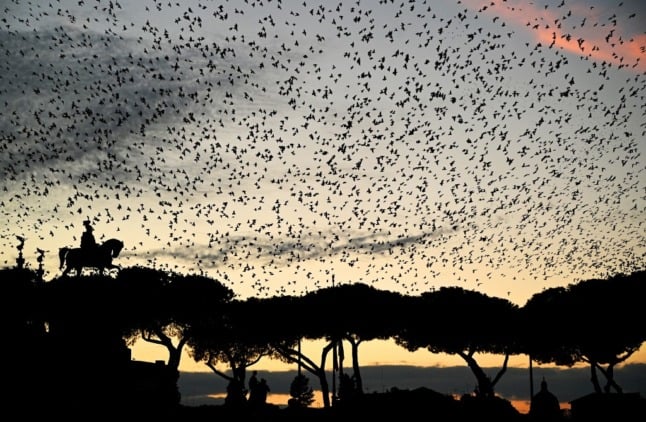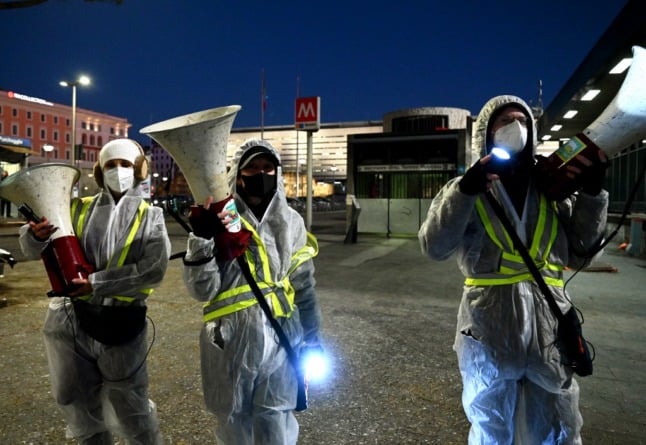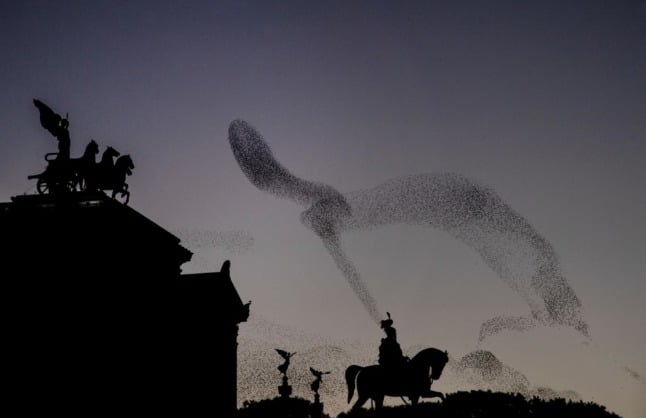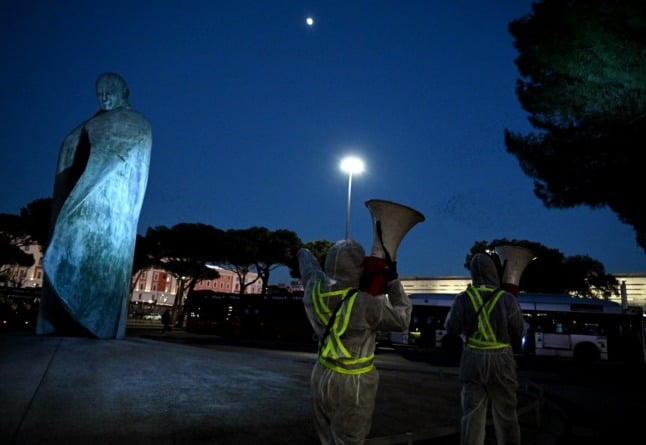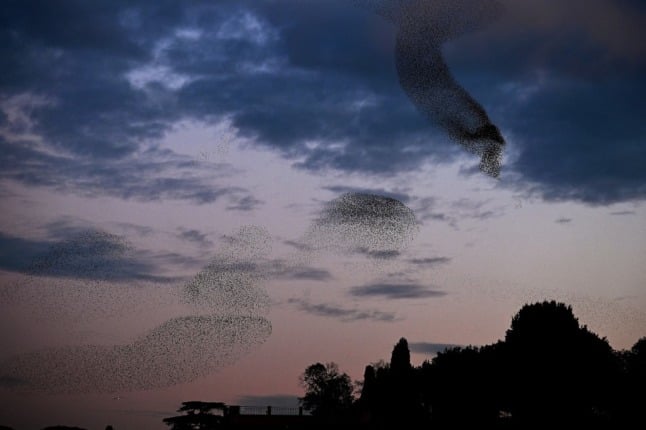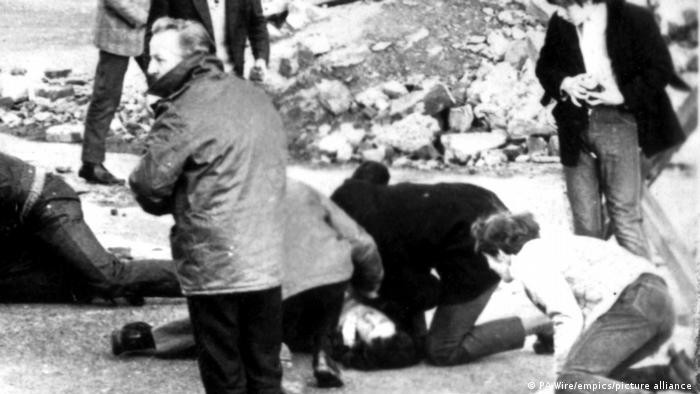

Safa al-Saeedi, 29, is one of just 180 women among the 5,000 employees of Iraq's Basrah Gas Company, a joint venture with Shell and Mitsubishi
(AFP/Hussein Faleh)
Laure Al Khoury
Sat, January 29, 2022
Each working morning, oil engineer Safa al-Saeedi dons a safety helmet and heads into a gas complex for another day challenging conservative prejudices by being a professional woman in Iraq.
"Society does not accept that a girl can live outside the family home," said 29-year-old Saeedi, who works in Iraq's southern oil and gas fields around Basra.
Saeedi, one of just 180 women among the 5,000 employees of the Basrah Gas Company, sees herself as a change maker and encourages other women to join the industry.
For many, a single woman working away from home in a male-dominated sector is frowned upon, and it is a hard task for women to break out of the role of wife and mother traditionally assigned to them.
"I often hear them say to me: 'You are almost 30, you will miss the boat! You will end up single,'" said Saeedi. "It makes me laugh, but I do not answer."
The female labour force participation rate in Iraq is "one of the lowest in the world" at 13 per cent, according to a joint report last year by UN Women, the agency working for gender equality, and the UN Economic and Social Commission for West Asia (ESCWA).
Laure Al Khoury
Sat, January 29, 2022
Each working morning, oil engineer Safa al-Saeedi dons a safety helmet and heads into a gas complex for another day challenging conservative prejudices by being a professional woman in Iraq.
"Society does not accept that a girl can live outside the family home," said 29-year-old Saeedi, who works in Iraq's southern oil and gas fields around Basra.
Saeedi, one of just 180 women among the 5,000 employees of the Basrah Gas Company, sees herself as a change maker and encourages other women to join the industry.
For many, a single woman working away from home in a male-dominated sector is frowned upon, and it is a hard task for women to break out of the role of wife and mother traditionally assigned to them.
"I often hear them say to me: 'You are almost 30, you will miss the boat! You will end up single,'" said Saeedi. "It makes me laugh, but I do not answer."
The female labour force participation rate in Iraq is "one of the lowest in the world" at 13 per cent, according to a joint report last year by UN Women, the agency working for gender equality, and the UN Economic and Social Commission for West Asia (ESCWA).

At 13 percent, the female labour force participation rate in Iraq is one of the lowest in the world, according to a report by UN agencies published last year (AFP/Hussein Faleh)
- 'Discriminatory' -
The 2021 UN report said surveys had found that "most Iraqis agree that university education is equally important for both sexes".
But it also reported that "attitudes toward equal rights in employment are discriminatory against women".
The World Economic Forum ranked Iraq bottom in women's economic participation and opportunity, and put it 152nd overall out of the 153 nations assessed in its 2020 Global Gender Gap Index.
Saeedi, who graduated in 2014 after studying engineering at university in Basra, was immediately employed by oil giant Shell -- a job that "required spending some nights away from home".
Her mother opposed the job because she was "afraid of what people will say, and that it will affect my reputation and my chances of getting married", Saeedi said. "It was a challenge," she added.
But Saeedi pressed on, rising through the ranks to become a team leader in the Basrah Gas Company, a joint venture majority-owned by the Iraqi government, with Shell and Mitsubishi.

Chemical engineer Dalal Abedlamir, 24, says that when she started work, her first feeling was fear, but now her job has taught her never to doubt her abilities (AFP/Hussein Faleh)
- 'Powerful and brilliant women' -
Her job requires her to live on site for a month at a time, staying in company accommodation. After work, she plays sport, or jogs around the huge gas storage tanks.
On leave, she returns home to Basra -- if she is not indulging in her passion for travel, which has taken her so far to some 30 countries.
"I hope to reach a management position, because you rarely see women in these positions, even though Iraq has many powerful and brilliant women," Saeedi said.
It is a tough path to follow.
"I was initially overwhelmed with fear, because I was in a purely male environment," said chemical engineer Dalal Abdelamir. The 24-year-old works on the same site as Saeedi.
"At the beginning, I thought that I was inferior, that I would never have the required level. I was even worried to ask questions," she said.
"But this job and this position has taught me not to be afraid, not to hesitate and not to fear that I cannot do it, but to believe that I can."
Abdelamir joined the company via a graduate programme which hired 20 men and 10 women.
"We didn't go to Basra University saying we wanted to recruit women," said Malcolm Mayes, managing director of Basrah Gas Company.
"We went there saying we wanted the brightest students".
lk/gde/tgg/pjm/kir






